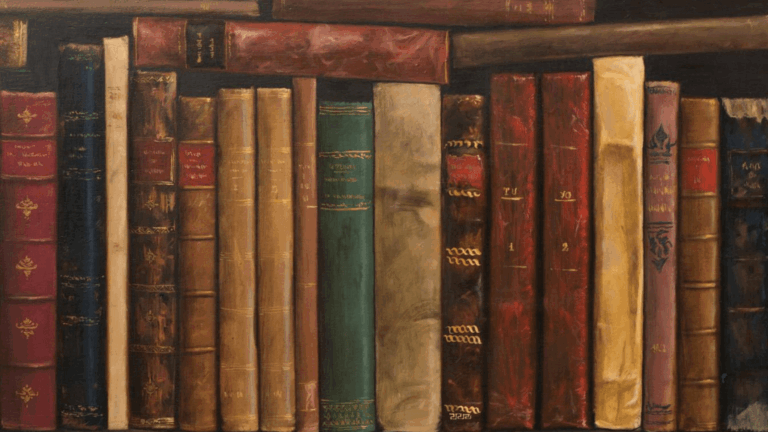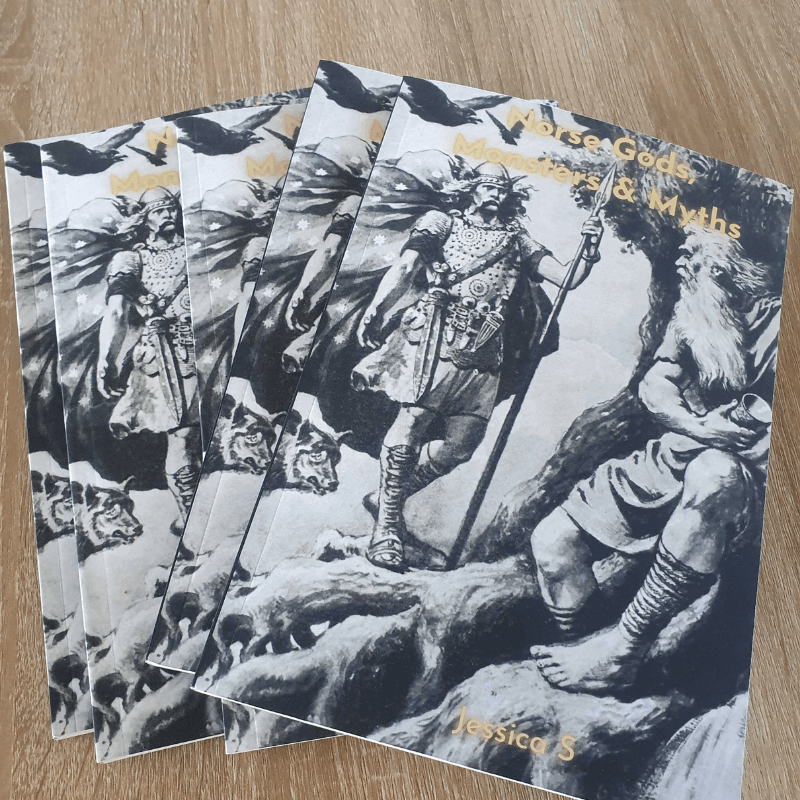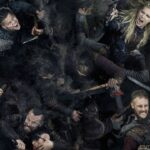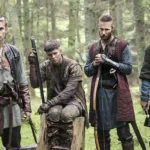Here at VKNG, we are Viking fanatics, and we are always trying to learn more about the Viking world.
While we might be talking about things that happened 1,000 years ago, there are always new things being discovered and new things to learn, so we are always reading and looking for new and interesting publications.
If you feel the same, we have put together a list of 10 recent publications that we have read and enjoyed, or are on our reading list for 2025.
Forgotten Vikings: New Approaches to the Viking Age, by Alex Harvey (2025)

This ambitious book seeks to cover the complete breadth of Viking history from the 6th to the 15th centuries, and it reaches the furthest reaches of the world where the Vikings have left their mark.
The publication will appeal to anyone who is well-read in the Viking world but wants to catch up on the latest archaeological finds and historic discoveries.
The author, Alex Harvey, is a historian and curatorial assistant at the York Museums Trust in England.
The Vikings in Poland, by Leszek Gardela (2024)
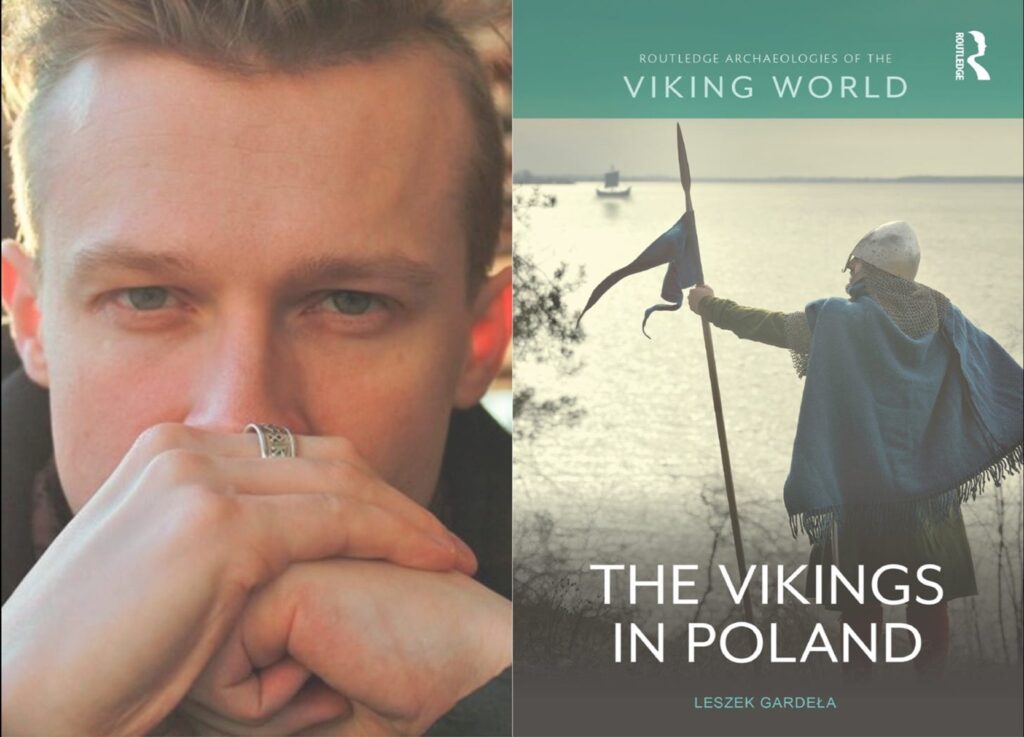
Poland sat on the edge of the Viking world and was an important thoroughfare between Scandinavia and the Vikings who established themselves in the East around Novgorod, but it was never considered part of the Viking world.
This book unpicks the Viking presence in Poland, both the national fascination with the Vikings in the 19th century and what the history really tells us about their activities and influence there.
The author, Leszek Gardela, is based at Ludwig-Maximilian University in Munich, leading studies on Scandinavian-Slavic encounters.
He calls this latest publication his magnum opus.
The Galdrabok: Forbidden Icelandic Folk Magic, by Kari Palsson (2024)
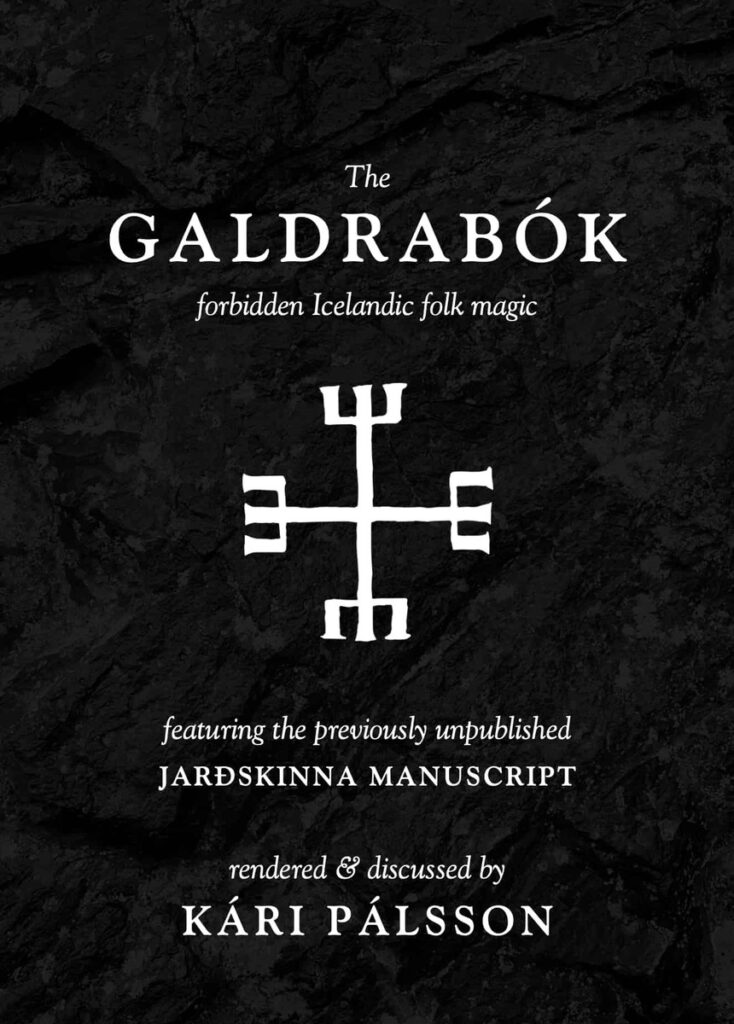
We love the Icelandic grimoires, and any publication on them is a must-read. It is not based on just the most famous Icelandic grimoire, which is often called the Galdrabok, which just means “magic book,” but on several manuscripts.
Importantly, the publication includes a translation of a previously unpublished magic manuscript known as the Jardskinna.
It is a 17th-century manuscript known as AM 434 d 12mo.
A note included with the book says that it explained how to communicate with hidden folk and how to create the earth sigil.
The book provides translations, but also places the information provided within the context of what else we know about Icelandic folk magic.
The author and translator Kari Palsson has an MA in Old Norse Religion from the University of Iceland.
Story, World, and Character in the Late Islendingasogur, by Rebecca Merkelbach (2024)

When it comes to sagas, historians tend to value older sagas as they were written by people closer to the events of the Viking age, while later sagas, often called “post-classical,” were written by thoroughly Christianised Scandinavians.
The Icelandic sagas date to after 1300, so they are often considered the later and inferior to the more famous Icelandic Family sagas.
As a result of this, and the frequent inclusion of fantastical and supernatural elements, these sagas have not received the attention they deserve.
This book aims to rectify that.
Rebecca Merkelbach is the Assistant Professor of Old Norse-Icelandic Studies and the head of the department for Scandinavian Studies at the University of Tübingen, Germany.
Vikings, Half-Trolls and Saga- Authors: The Norwegian Hrafnistumenn and their Icelandic Descendants, by Valerie Broustin (2024)

This fascinating read uses the Icelandic sagas to look at the history of the Icelandic settlement from 870 to 1400, including how the stories were originally composed and passed down through the generations until they were eventually written down.
It is a deep dive into Icelandic genealogy and the sources that have been used to reconstruct it, drawing on many lesser-known sagas.
The author, Valerie Broustin, is a research associate at the University of Bonn, Germany.
The Northwomen: Untold Stories From the Other Half of the Viking World, by Heather Pringle (2024)

Until the modern era, history books were written by men, for men, about men, leaving the role women played in society largely obscure.
In the case of the Vikings, the sources paint a world where men did great things, and with the exception of the occasional famous shieldmaiden, women were in the background.
But using the latest archaeological research and historical findings, this book throws light on the true role of women in Viking society.
Hather is a Canadian freelance science writer who mostly writes about archaeology.
The Last Viking: The True Story of King Harald Hardrada, by Don Hollway (2021)
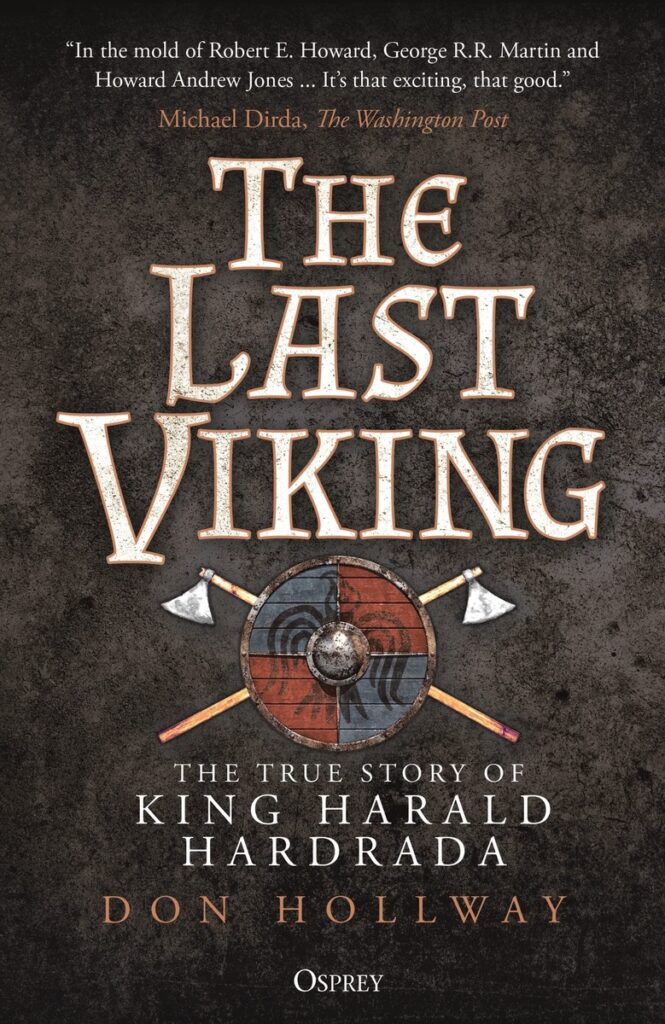
Harald Hardrada had one of the most eventful lives of any Viking, ruling Norway as well as parts of Denmark and England for a time, and traveling as a mercenary as far as the Byzantine Empire and the Kievan Rus.
In this book, the author tells the true history of his life like an exciting fantasy novel, bringing to life the excitement of the Viking Age.
This is the first non-fiction book by Don Holloway, who has been writing historical fiction for 30 years.
Children of Ash and Elm: A History of the Vikings, by Neil Price (2020)

The Vikings left no written records.
Even the sagas and histories that we prize were written long after the end of the Viking Age by Christianised Scandinavians.
Therefore, these texts tell us what others thought of the Vikings, but not what the Vikings thought of themselves.
This book aims to tell the Viking story from their own perspective by integrating archaeological evidence alongside the written histories.
Neil Price is an English archaeologist specialising in the study of Viking Age Scandinavia and the archaeology of shamanism.
He is currently a professor in the Department of Archaeology and Ancient History at Uppsala University, Sweden.
Odin’s Whisper: Death and the Vikings, by Neil Price (2014)
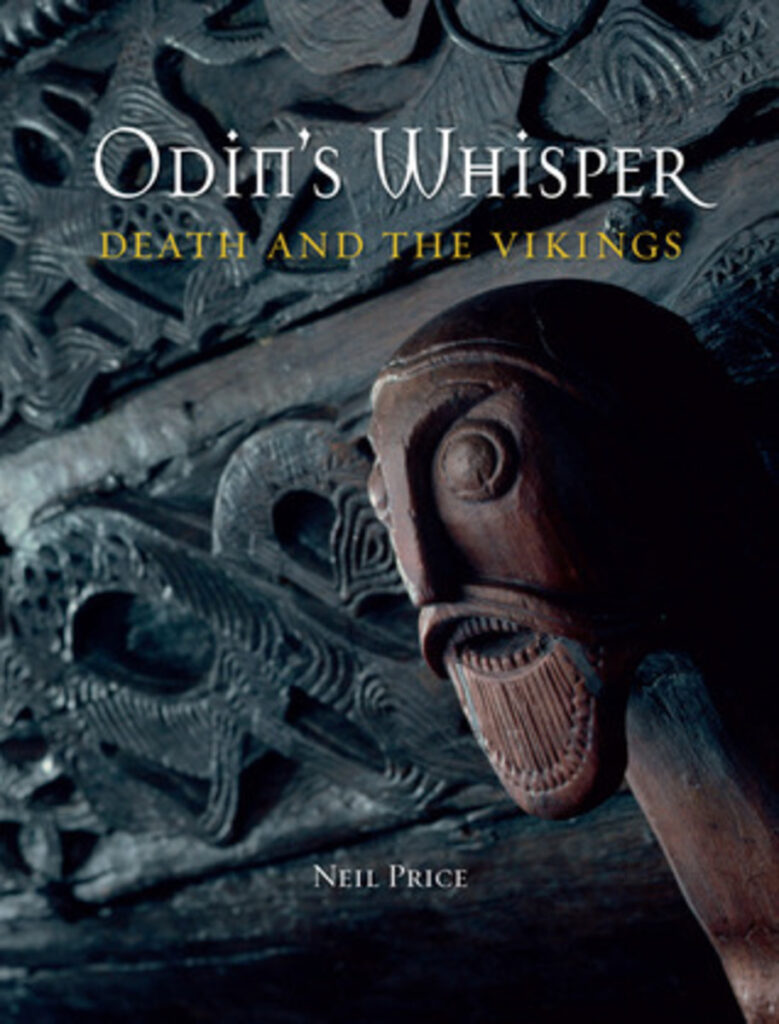
Another book by Neil Price, the author explores the half a million graves that have been left behind by the Vikings, ranging from entire ships filled with sumptuous goods and even potentially human sacrifices, to modest interments in Viking cemeteries.
With this evidence, Price takes a deep dive into Viking beliefs about things such as the afterlife and the soul.
The Viking Way: Magic and Mind in Late Iron Age Scandinavia, by Neil Price (2013)

Yet another older book by Price, this one dives into magic, sorcery, and witchcraft in the Viking world.
Again, he expertly combines the textual sources written by outsiders with archaeological evidence to gain the insider’s perspective.
He looks at how magical practices were a reflection of society and what they can tell us about issues such as gender constriction, sexual identity, notions of the mind and soul, and the fluidity of boundaries between humans and animals.
